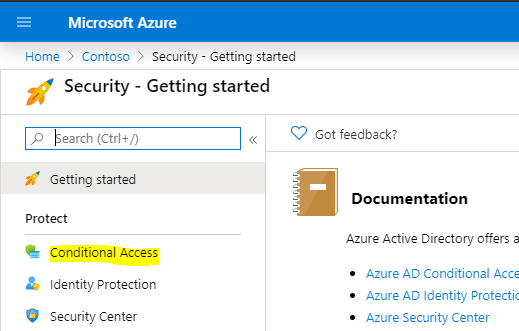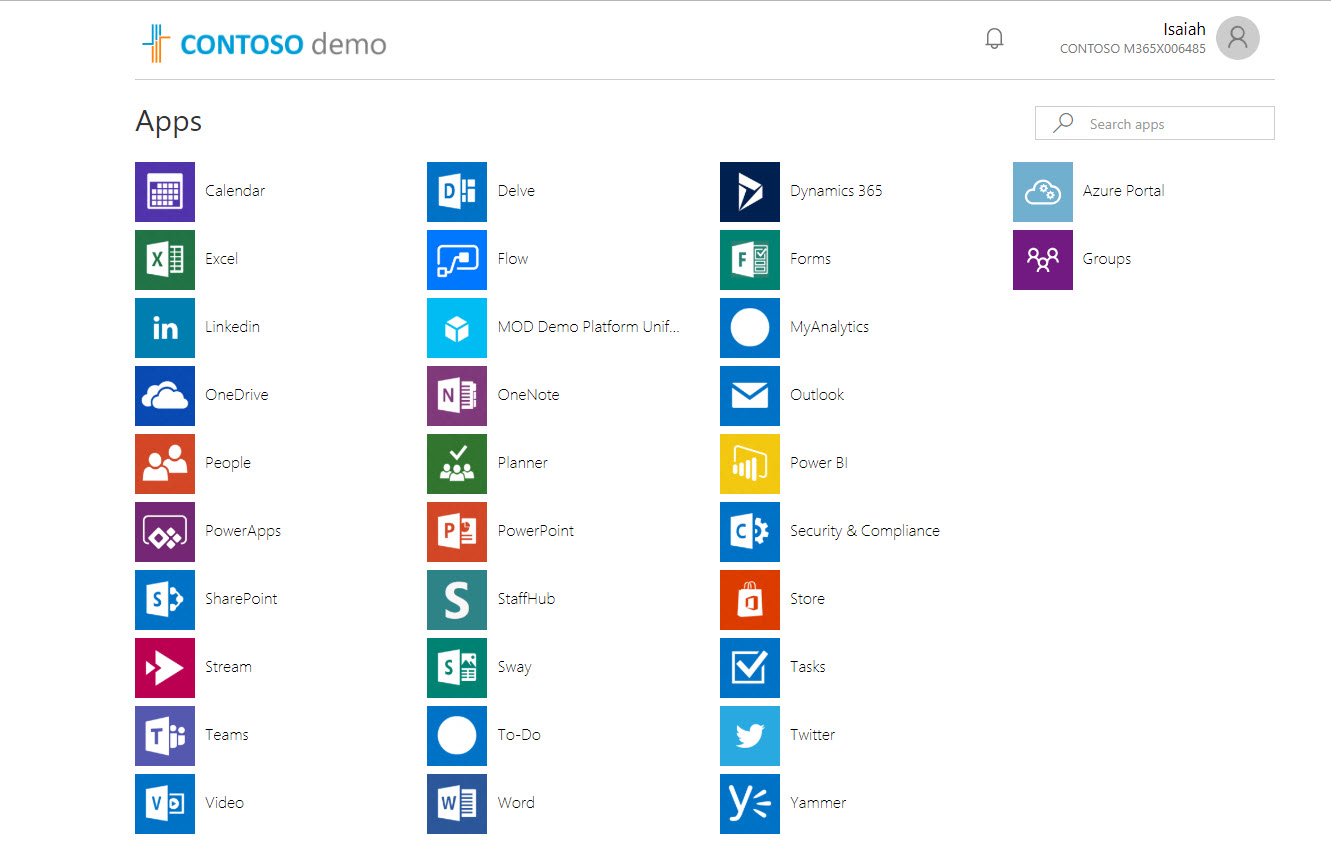

Under Cloud apps, select the select apps radio button.

Under users and groups, select users and groups radio button. When the new blade appears we will provide a name of our policy. Back in Azure Active Directory we will scroll down to conditional access, where we will select new policy. Let's head back to the Azure portal and configure conditional access for multifactor authentication. With conditional access, we can enforce the use of multifactor authentication to Cloud-based applications like the Azure portal when not accessing it from the corporate network. This Cloud application, you must use multifactor authentication. Conditional access policy does not grant access to the application, but sets conditions on how to access the application. The, then do this, is the response of the policy. There are other optional conditions that you can apply to a policy. That's who tried to access what.Īnd the Cloud-based application, that's the what, which application was accessed. The two mandatory conditions are the user. The, when this happens, is what triggers the conditional access policy. Conditional Access policy works with the principle of, when this happens, then do this. Those conditions represent a conditional access policy which is integrated with your set of access controls. To see more Microsoft Azurecontent, visit our Azure Training Library.Īzure Active Directory Conditional Access enables you to enforce controls on access to Cloud-based applications based on a set of defined conditions. General knowledge of Azure Active Directory.People preparing for Microsoft’s AZ-303 exam.People who want to become Azure administrators.Implement Azure Active Directory conditional access for MFA.Configure multi-factor authentication for users.Identify the different methods of enabling two-step verification.Lastly, you will see how to configure Azure Active Directory conditional access to enforce MFA on cloud-based applications. We will also review how an administrator can provide a one-time bypass code and whitelist trusted locations to bypass the two-step verification. We will configure the user settings to give the ability to a user to report fraudulent attempts on their accounts. Verification of your identity can be done via an automated voice call, text message, through the Microsoft Authenticator app, or with a verification code.Īzure multi-factor authentication can be enforced using different methods.

Azure Active Directory offers the ability to secure your identities with an additional authentication method. Multi-factor authentication or MFA is no longer optional, and it is paramount that you protect not only your privileged accounts but enable it for all accounts.


 0 kommentar(er)
0 kommentar(er)
